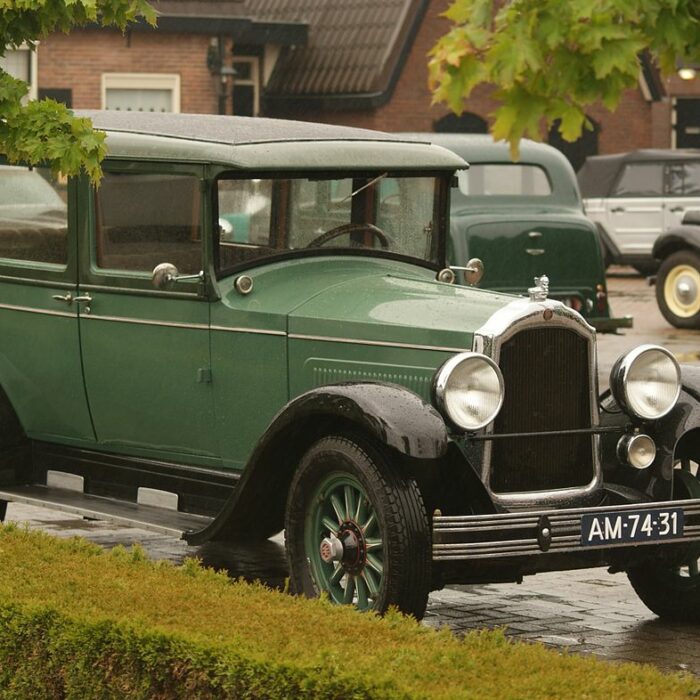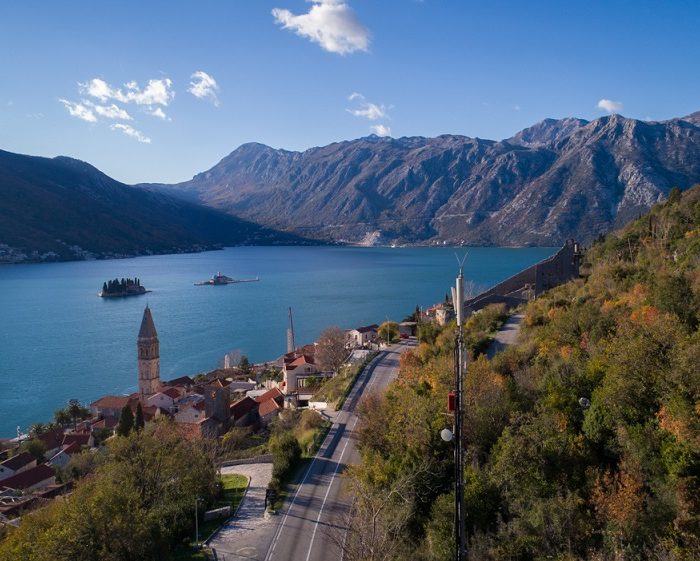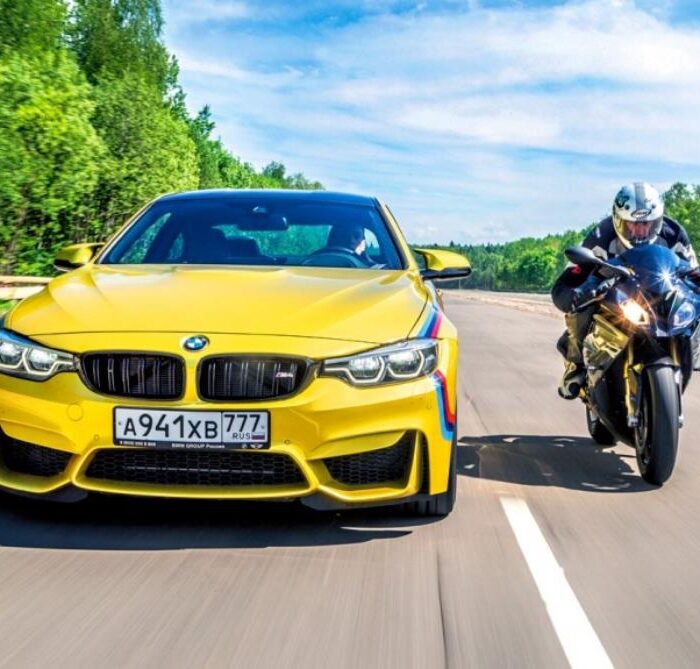Quick facts about Serbia:
- Location: Southeast Europe, on the Balkan Peninsula.
- Capital: Belgrade.
- Population: Approximately 7 million.
- Official Language: Serbian.
- Currency: Serbian Dinar (RSD).
- Size: Around 77,474 square kilometers.
- Landmarks: The historic Belgrade Fortress, vibrant Kalemegdan Park, and the iconic Church of Saint Sava.
- Culture: Influenced by a rich history, diverse traditions, and vibrant arts scene.
- History: Formerly part of Yugoslavia, Serbia became an independent state in 2006.
Fact 1: Serbia is a major producer and exporter of raspberries
Serbia, with its favorable climate and fertile soil, stands out as a major producer and exporter of raspberries. Renowned globally, Serbian raspberries, notably from regions like Arilje, contribute significantly to the country’s agricultural sector. Serbia holds a substantial share in the international raspberry market, producing hundreds of thousands of tons annually. This thriving industry not only showcases Serbia’s agricultural prowess but also plays a vital role in global raspberry trade, making it a key player in meeting the demand for this delicious and sought-after fruit.
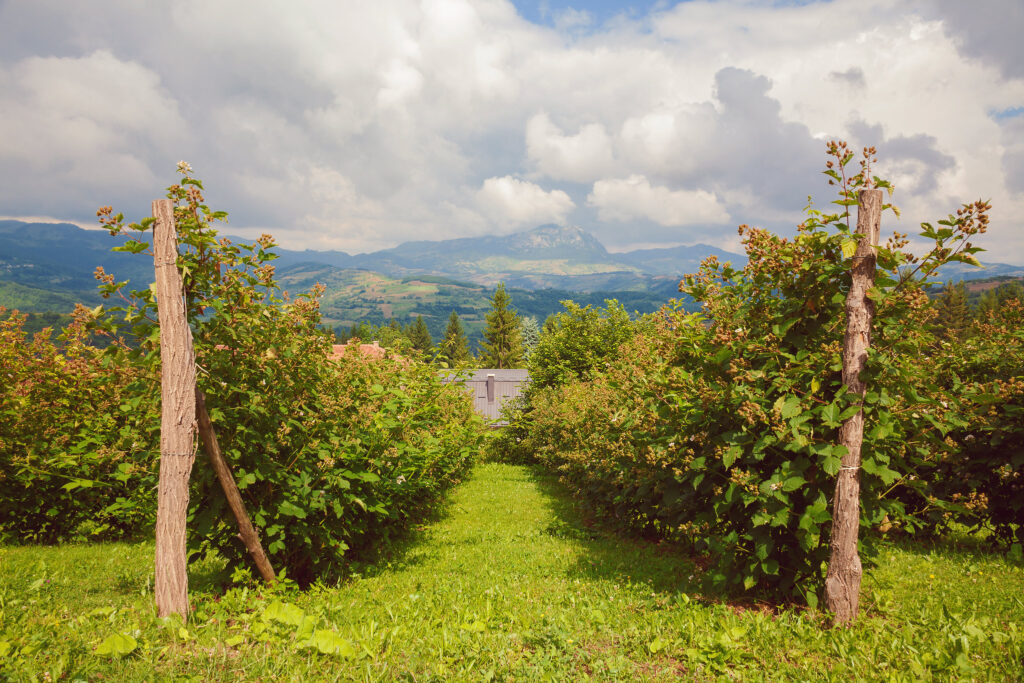
Fact 2: Serbs are a very hospitable nation
Hospitality is deeply ingrained in Serbian culture, and Serbs are known for their warm and welcoming nature. Guests are traditionally treated with great respect and generosity, and offering hospitality is considered a fundamental aspect of Serbian social life. Whether it’s inviting friends, family, or strangers into their homes or sharing a meal together, the Serbian concept of hospitality, known as “domaćinstvo,” reflects the importance of building and maintaining strong social connections. This cultural trait is often expressed through gestures like offering food, drinks, and genuine conversation, creating a sense of community and camaraderie.
Fact 3: Serbs are friendly to Russia
During the struggle for independence from the Ottoman Empire in the 19th century, Serbia received diplomatic and military support from Russia. This shared history created a sense of solidarity and cultural affinity between the two nations.
The Slavic and Orthodox Christian ties, as well as the historical assistance during key moments, have contributed to a positive perception of Russia among Serbs. This friendship is often referenced in discussions about international relations, and there is a cultural appreciation for the historical support that Russia provided during challenging times.
However, many people notice another similarity. Like Russia, Serbia sought to subjugate neighboring countries and this resulted in armed conflicts during the breakup of Yugoslavia. In an effort to be part of Europe, Serbs are gradually abandoning imperial ambitions.

Fact 4: There is a partially recognized country on the territory of Serbia
The status of Kosovo is a complex and sensitive issue. While it declared independence from Serbia in 2008, Serbia does not recognize Kosovo as an independent state. However, a significant number of countries, including the United States and many European nations, have recognized Kosovo as an independent and sovereign state.
The situation remains a topic of international discussion, and Kosovo’s status is subject to ongoing negotiations and diplomatic efforts. The region has its own government and institutions, but the political and diplomatic landscape surrounding Kosovo’s status is intricate and multifaceted.
The desire for Kosovo to gain independence from Serbia stems from a complex historical and ethnic backdrop. Kosovo, with a majority ethnic Albanian population, has historical ties to the Albanian identity and sought greater autonomy and self-determination during the disintegration of Yugoslavia. The Kosovo War in the late 1990s, marked by ethnic tensions and violence, eventually led to international intervention. In 1999, NATO airstrikes prompted the withdrawal of Serbian forces, and the United Nations took over administration.
Fact 5: Many Roman emperors were born on the territory of Serbia
The territory of present-day Serbia was once part of the Roman Empire, and several Roman emperors were born in this region. One notable example is Emperor Constantine the Great, who was born in Naissus (modern-day Niš, Serbia) in the year 272 AD. Constantine played a crucial role in Roman history and is particularly renowned for legalizing Christianity through the Edict of Milan in 313 AD and later establishing Constantinople (modern-day Istanbul) as the new capital of the Roman Empire.
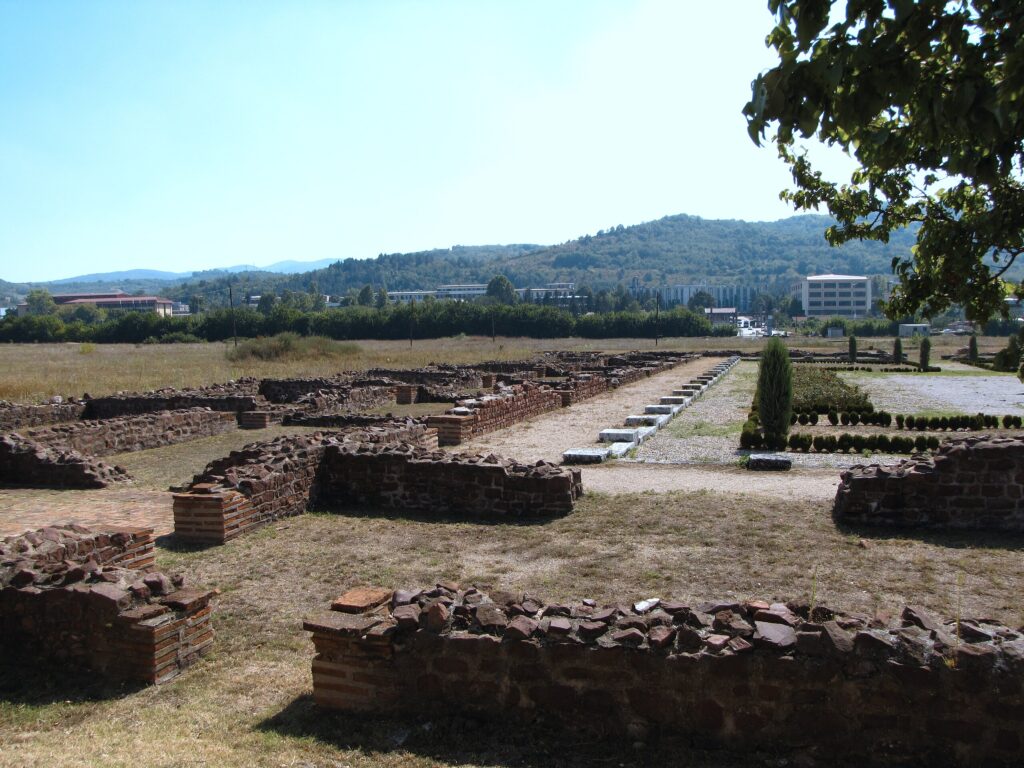
Fact 6: There are many monasteries in Serbia
Serbia is home to numerous monasteries, each with its own historical, cultural, and architectural significance. These monasteries are often nestled in picturesque landscapes, contributing to the rich cultural and religious heritage of the country. Some of the most renowned Serbian monasteries include Studenica, Žiča, Gračanica, and Visoki Dečani, all of which are UNESCO World Heritage Sites.
These monasteries serve as both spiritual centers and cultural treasures, preserving centuries-old frescoes, manuscripts, and religious artifacts. Many of them were founded during the medieval period and have played pivotal roles in the history of Serbian Orthodoxy. Pilgrims, historians, and tourists alike are drawn to these sites, exploring the unique blend of spirituality and artistry they offer.
Fact 7: The oldest Serbian manuscripts are over 800 years old
The oldest Serbian manuscripts date back over 800 years, providing valuable insights into the early literary and cultural history of the region. Many of these manuscripts are associated with the medieval Serbian monasteries, where scribes meticulously transcribed religious, historical, and literary texts.
One notable example is the Miroslav Gospel, created in the 12th century. Housed in the Serbian National Museum, this illuminated manuscript is considered one of the oldest surviving Serbian Cyrillic texts. It contains the four Gospels and is known for its artistic and calligraphic excellence.
These ancient manuscripts are not only linguistic treasures but also cultural artifacts that reflect the intellectual and spiritual achievements of medieval Serbia. They play a crucial role in understanding the development of the Serbian language, literature, and religious traditions.
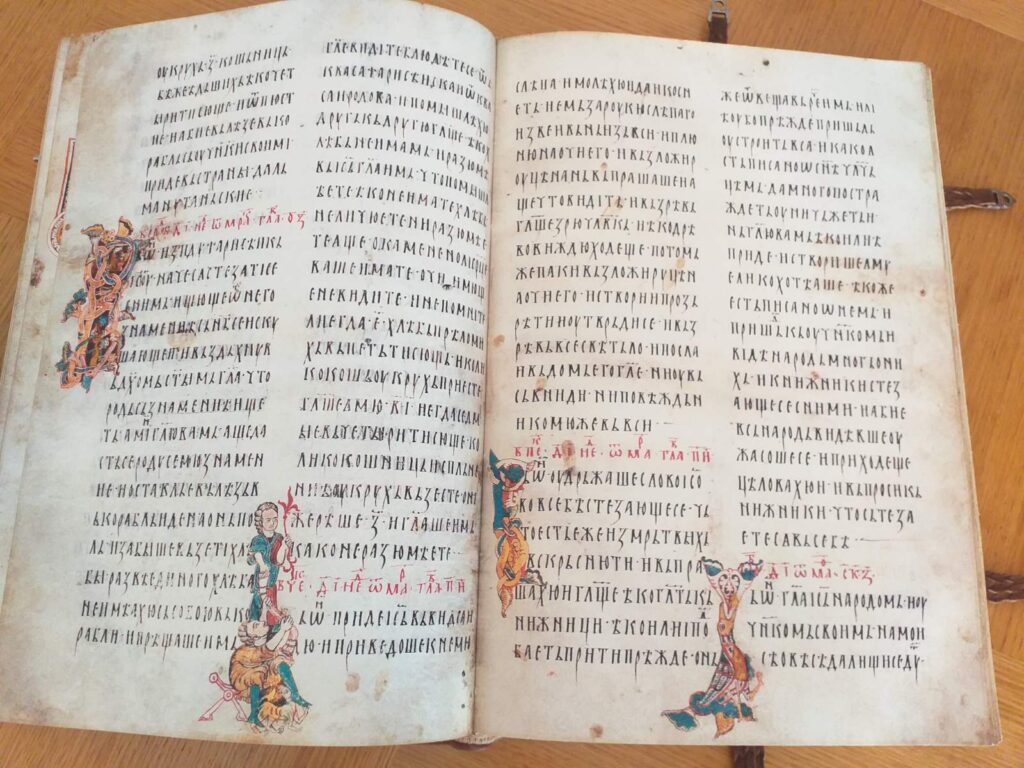
Fact 8: The Latin and Cyrillic alphabets are used in Serbia
Serbia officially uses both the Latin and Cyrillic alphabets. The Serbian language can be written in either script, and both scripts are considered equal in terms of legal and official use. This dual-script system has historical roots and reflects the diverse linguistic and cultural influences in the region.
The Latin alphabet is commonly used in everyday communication, while the Cyrillic alphabet holds cultural and historical significance, particularly in the context of Serbian Orthodoxy and the country’s medieval heritage.
Fact 9: Serbia has 5 national parks with stunning nature
Serbia is home to several national parks, each showcasing the country’s diverse and stunning natural landscapes. As of my last knowledge update in January 2022, Serbia has five national parks:
- Đerdap National Park: Located along the Danube River, it features the Đerdap Gorge, one of the largest river gorges in Europe.
- Tara National Park: Known for its pristine wilderness, Tara National Park is rich in biodiversity and encompasses dense forests, diverse flora, and picturesque landscapes.
- Kopaonik National Park: This park is centered around the Kopaonik mountain range, known for its ski resorts, diverse ecosystems, and endemic plant species.
- Fruška Gora National Park: Situated on the Fruška Gora mountain, this park is characterized by vineyards, monasteries, and rich flora and fauna.
- Šar Mountain National Park: Located in the southern part of Serbia, Šar Mountain offers stunning alpine scenery and is known for its diverse wildlife.
Note: If you plan to visit the country, check if you need an International Driver’s License in Serbia to drive.
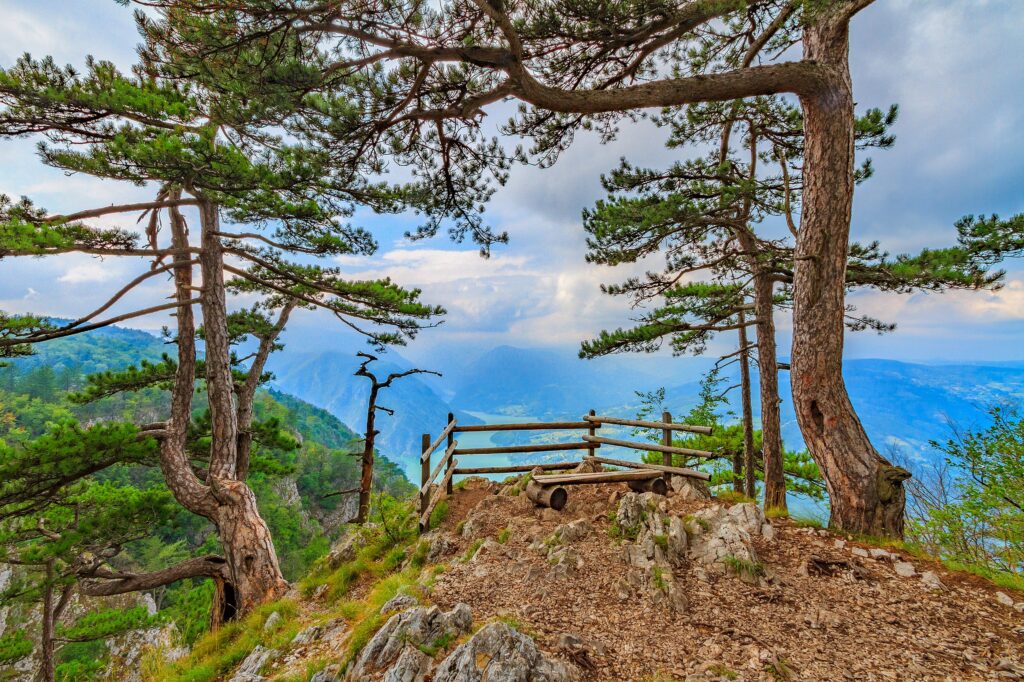
Fact 10: Belgrade is one of the oldest cities in Europe
Belgrade, the capital of Serbia, is one of the oldest continuously inhabited cities in Europe. Its history spans thousands of years, and archaeological evidence suggests that the area has been settled since ancient times. The strategic location at the confluence of the River Sava and Danube has contributed to Belgrade’s importance throughout history.
The city has been part of various empires and civilizations, including the Roman, Byzantine, Ottoman, and Austro-Hungarian empires. The historical layers of Belgrade are reflected in its architecture, cultural heritage, and diverse influences. Today, Belgrade stands as a vibrant and dynamic European capital, blending its rich history with modern urban life.

Published February 26, 2024 • 11m to read


